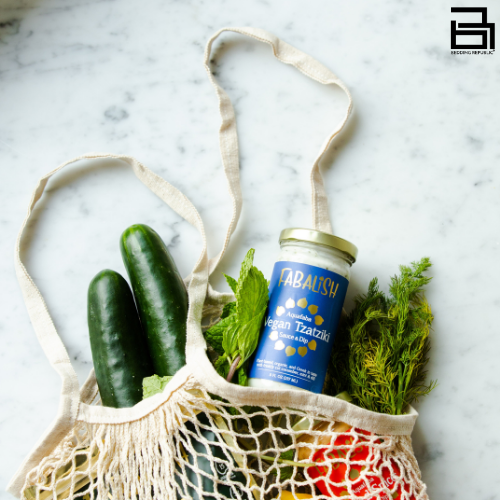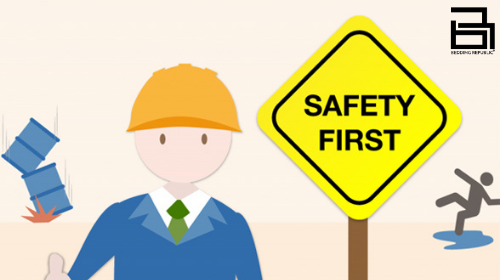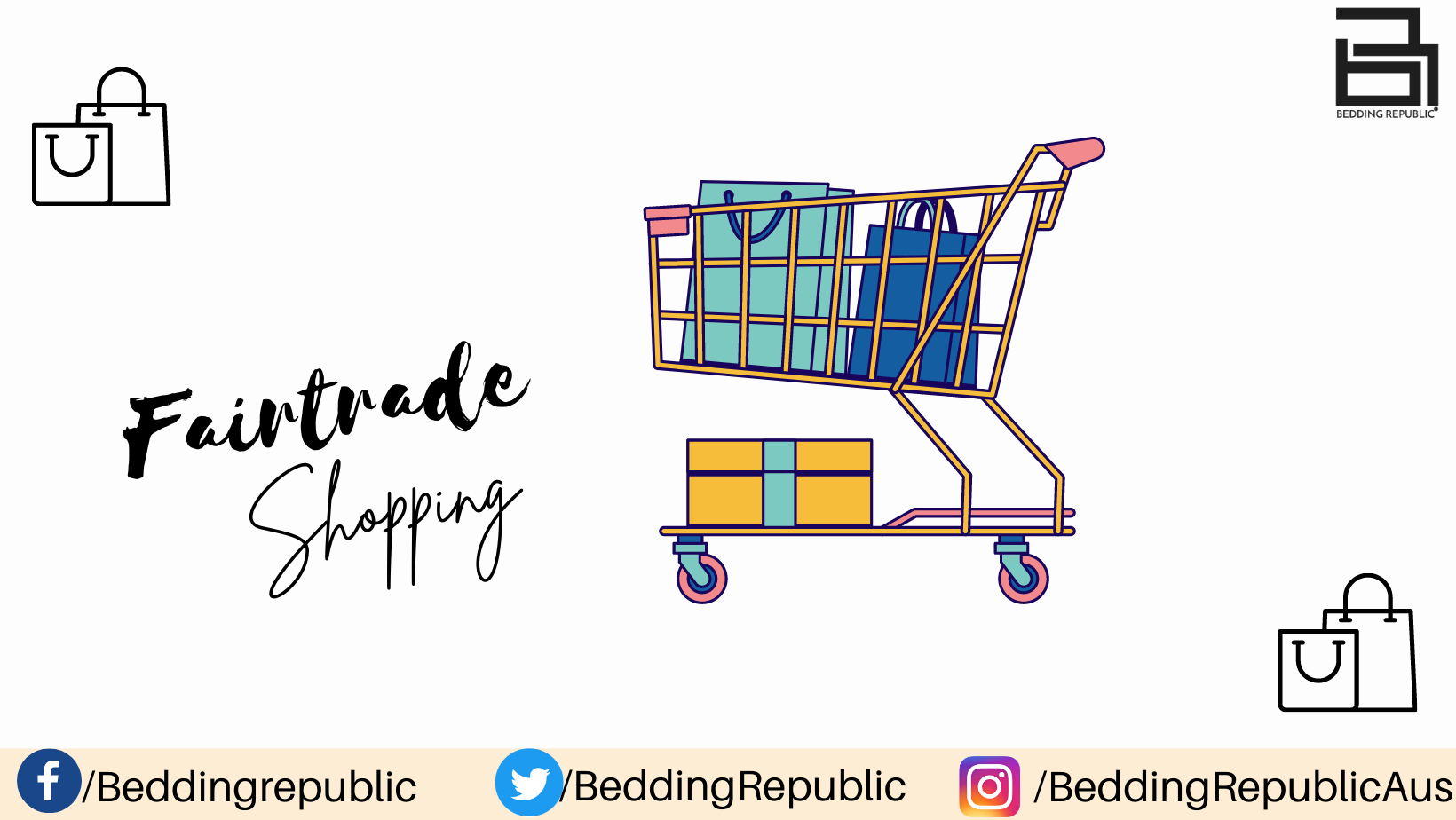What does our survival kit consist of? You must be wondering about all the necessities required for the human body to live and function. Well, you are right. We need food, clothing, and shelter. However, have we ever realized how these products came to being? Do we know about the product we are buying? Were they ethically produced? It is the era of loopholes, and businesses often use it to increase sales and cut down costs. Nevertheless, with growing concerns about the environment and climatic conditions, things have taken a step back and have made us (the consumers) more conscious about our lifestyle.
Over the years, you might have seen how our consciousness has led us more towards practical shopping. We are eager to learn about the product before we buy it.
Do you know that 49% of Aussies are striving hard every day to save the environment by changing their lifestyle?
When did this happen, and how the table turns? The answer lies in the timeline of the three decades that have passed. What made us concerned about what are we buying? None better than Fairtrade can answer this. Before we add to the cart, it is significant to know the adventures of the product. Let us dig deep into fairtrade and see the elements it carries.
“Elucidation”
Before we begin to question the elements, we need to know about Fairtrade. It is a licensee issued to production and supply of a product, ensuring it is produced under specific guidelines.
Do you know how many products in Australia have a Fairtrade license?
You will be awe-struck by the answer. More than 3K products ensure that they are socially, environmentally, and economically up to the mark. You must be wondering that if 49% of Australians are trying to help the environment, then what is the graph of sales showing. Well, we need you to hold on to something as the answer is going to make you jump off the roof. More than $329 million have been earned through sales. It is a huge amount and is expected to grow.
With that, you must be wondering what elements people follow that influence their buying decision, following Fairtrade. Let us have a look:
“Sustainable Production”
With the given state of the environment, most of us look for companies that are concerned and working towards saving it by producing products with environmentally friendly methods. Nowadays the drastic change in the environment is nothing but a threat and is the reason for bush fires and other adverse effects that have been a source of destruction to many parts of the world. Therefore, as Aussies, most of us know how dangerous the threat is and are mostly looking for products that have been made under sustainable working practices such as less wastage of water.
Transparency is what we want from the companies; to be completely open about the production of goods from start to finish. It is now significant for companies to produce products through sustainable production to create a positive impact and a healthy environment to breathe in.

“Animal Husbandry”
Do you know that Australia has the world’s largest vegan community? It is such a proud moment to be an Aussie, as the care and concern to make this world a better place to live in is unmatchable. Most of us know that the country we reside in is not only for humans but shared by many species, and some of them need extra care and attention. The concern for those species has led to the creation of plant-based products instead of hurting animals. From shoe wear to food, everything can now be produced with alternative options available.
“Prudent Working Conditions”
With the concept of transparency, companies with Fairtrade license has a duty upon them. They need to share how workers are taken care of. Are they surrounded by safe and healthy working conditions? How are they treated? And so many other questions regarding the respective concern arises. Most of us who shop for fairtrade products understand the significance of fine working conditions, which can ameliorate the lifestyle of workers and farmers. Moreover, most of us now prefer to buy products from local brands. Do you know why? Well, it is because you are not just improving the economy’s welfare, but also investing in the welfare of the community.

“RESUING. RECYCLING. REFURBISHING”
The foremost step toward sustainable living is to cut down on waste. How do you do that? Well, in the hunt, we found it is done through efficiently reusing the product and restricting the use of materials such as plastic that are nothing but harmful to nature. Most of us are well aware of the “Throw-Away” Culture. To get rid of it, strong movements encouraging a circular economy have been in action and have progressed ever since.

“Companies”
- Oxfam Australia
- Lindsay & Edmunds
- Better World Arts
- Armadillo &Co




